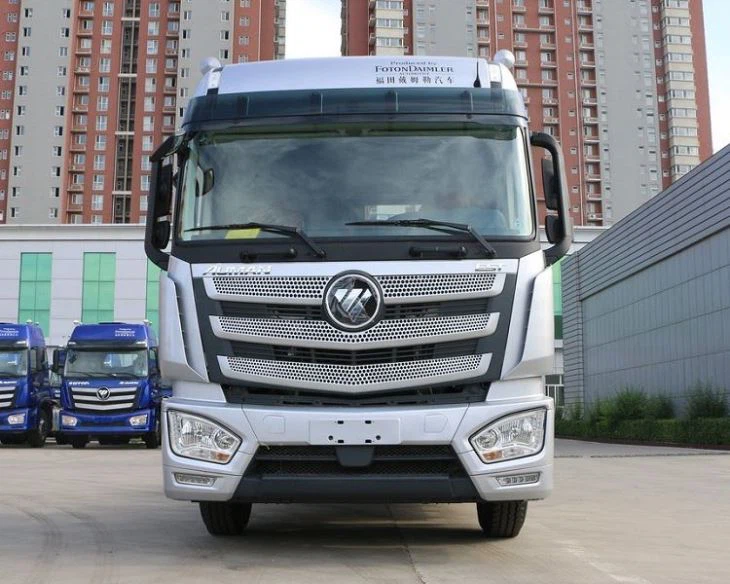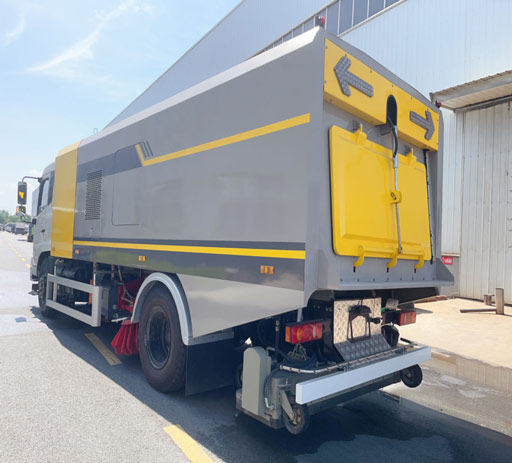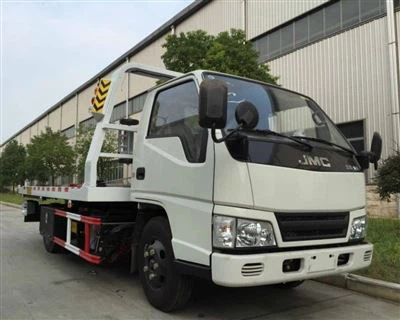Understanding Retarders in Trucks: A Comprehensive Guide

In the world of heavy-duty trucks, safety and control are paramount. One of the crucial components that contribute to these aspects is the retarder. This article will delve into what retarders are, their types, benefits, and practical applications, providing truck owners and operators with everything they need to know.
What is a Retarder?
A retarder in trucks is a device used primarily for braking, which helps slow down a vehicle without relying solely on traditional friction brakes. This is especially beneficial for large trucks that require more control when navigating downhill or during heavy loads.
How Does a Retarder Work?
Retarders operate by using various mechanical or hydraulic methods to create resistance against the truck’s motion. This resistance helps to slow the truck down gradually and can also be used in conjunction with standard brakes to prolong their lifespan and improve overall safety.
Types of Retarders
1. Engine Retarder (Jake Brake)
The engine retarder, commonly known as a Jake Brake, is one of the most popular types among truck drivers. It works by altering the engine’s operation to use the engine’s compression to slow down the vehicle.
Advantages of Engine Retarders
- Increases control while descending hills.
- Reduces wear on the traditional braking system.
- Improves safety by providing additional braking force.
2. Transmission Retarder

Transmission retarders are another type that uses the truck’s transmission to help slow it down. These are installed within the transmission and often operate with the same principle as an engine brake, converting kinetic energy into heat, which is dissipated.
Benefits of Transmission Retarders
- Offers consistent braking force, ideal for heavy loads.
- Helps maintain speed on long downhill stretches.
- Less noisy than engine retarders.
3. Hydrodynamic Retarder
Hydrodynamic retarders use fluid dynamics to slow down the truck. They consist of a rotor and stator, with the fluid creating resistance that helps reduce speed effectively.
Key Features of Hydrodynamic Retarders
- Works independently of the engine and drivetrain.
- Excellent for heavy-duty applications.
- Very little maintenance required.
Benefits of Using Retarders
Enhanced Safety
Using retarders significantly enhances safety, especially when transporting heavy loads. They can help prevent brake fade, a critical issue in heavy vehicles when brakes overheat and lose effectiveness.
Extended Brake Lifespan
As retarders help take some of the loads off the traditional braking system, they contribute to a longer lifespan for brakes, resulting in lower maintenance costs over time.
Improved Fuel Efficiency
By using a retarder, drivers can maintain speed control without constantly accelerating and breaking, leading to better fuel efficiency, especially on long journeys.
Practical Examples and Tips for Using Retarders
1. Proper Selection of Retarder Type
Choosing the right type of retarder based on the truck’s application is essential. For instance, for trucks operating on steep gradients, an engine retarder may be more effective, while hydrodynamic retarders may be more suitable for flat terrains.
2. Regular Maintenance Checks
Ensure that all components of the retarder system are routinely checked and maintained to avoid unexpected failures and ensure optimal performance.
3. Operator Training
Proper training for truck operators on how to use retarders effectively is crucial. They should understand when and how to engage the retarder to maximize effectiveness and ensure smoother rides.
4. Monitor Performance
Keep track of how the retarder affects fuel consumption and brake wear. Monitoring these metrics can help in making informed decisions about maintenance and operational efficiency.
Common Challenges with Retarders
1. Noise Levels
Some types of retarders, especially engine brakes, can produce significant noise. This could be an issue in residential areas or regulated zones. It’s essential to be aware of regional laws regarding noise pollution.

2. Complexity of System
Retarder systems can be complex, which may lead to challenges during repairs or replacements. Knowing a reliable technician or service center can help mitigate this issue.
Retarder Technology Advancements
1. Smart Retarder Systems
New technology is leading towards smart retarder systems that can automatically adjust to driving conditions, enhancing safety and performance.
2. Integration with Advanced Driver Assistance Systems (ADAS)
Some modern trucks integrate retarders with ADAS, which can optimize braking and control systems. This integration makes it safer and easier to handle heavy trucks under various conditions.
FAQ Section
1. What is the primary purpose of a retarder in trucks?
The primary purpose of a retarder in trucks is to provide additional braking power, helping to slow down the vehicle without solely relying on traditional friction brakes. This helps improve safety, prolong brake life, and enhance control when driving downhill or with heavy loads.
2. Are retarders suitable for all types of trucks?
Retarders are generally suitable for heavy-duty trucks and vehicles that carry substantial loads, particularly those that frequently encounter steep descents or require smooth speed control. However, their effectiveness may vary based on the type of truck, its weight, and the specific application.

3. Do all trucks come equipped with retarders?
No, not all trucks come equipped with retarders. They are typically installed as an optional feature or may only be present in specific models designed for heavy-duty applications. Truck operators should evaluate their needs to decide on retrofitting or purchasing a truck with a built-in retarder.
4. How often should retarder systems be maintained?
Retarder systems should be maintained regularly just like any other vehicle component. It’s advisable to have them inspected during routine maintenance checks, which may typically occur every few thousand miles or as recommended by the manufacturer.
5. Can I use the retarder in wet or icy conditions?
While retarders help slow down trucks, using them in wet or icy conditions might require caution. Since retarders can create resistance, they may lead to a loss of traction. Drivers should adjust their use based on the driving conditions to ensure safety.
6. Is there a difference between a retarder and a traditional brake system?
Yes, a retarder is a supplementary braking system designed to enhance the effectiveness of traditional brakes by providing additional braking force without generating heat. Traditional brakes rely on friction and can overheat, leading to brake fade, while retarders help lessen this load and improve overall braking performance.
